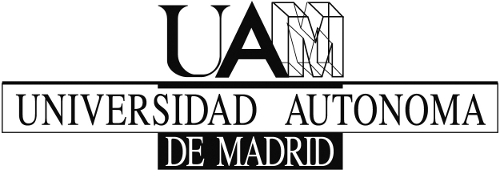| Resumen | Ortho-Mode Transducers (OMTs) are devices used in satellite communication systems to discriminate the two orthogonal signals received or transmitted by a dual-polarization antenna. For linear polarization, they set a signal path between the vertical polarization in the common port and a monomode port dedicate for that polarization. The horizontal polarization, also found in the common port, follows a different path till another dedicated port. Thus, the OMT, usually implemented in waveguide technology in satellite applications, has three physical ports and four electrical ports (the common one hosts the two orthogonal polarizations). The advantage of using such devices is that they increase the capacity information of the satellite link, since the two polarizations can share the same frequency band. The main features to control in the design of an OMT are the return and insertion losses, the isolation between polarizations and the power handling capabilities. The bandwidth is a critical parameter and it is in close relation to the symmetry of the physical structure of the OMT (see for instance G. Pelosi, R Nesti, and G G Gentili, ‘‘Orthomode transducers,’’ Encyclopedia of RF and Microwave Eng., Wiley, New York, 2005). The Computer Aided Design (CAD) of the OMT is another aspect to take into account. In our work, the OMT is divided into building blocks which are designed individually. They are analyzed with a full-wave method which provides its Generalized Admittance Matrix (GAM) or Generalized Scattering Matrix (GSM). The interaction of the building blocks is considered in a second stage. This design procedure will be described in the presentation. The compactness of the mechanical structure can be also a very significant aspect of the OMT selection. Different alternatives using Boifot and Turnstile junctions have been compared. In addition, the OMT construction will be also discussed, since it is very important to reduce the number of parts to be connected. More waveguide flanges increase the losses, the risk of passive intermodulation and limit the maximum power to transmit. These different aspects will be seen in the presentation, with focus on an OMT in C-band with more than 40% separation between bands. The experimental measurements of a manufactured prototype will be shown. |


